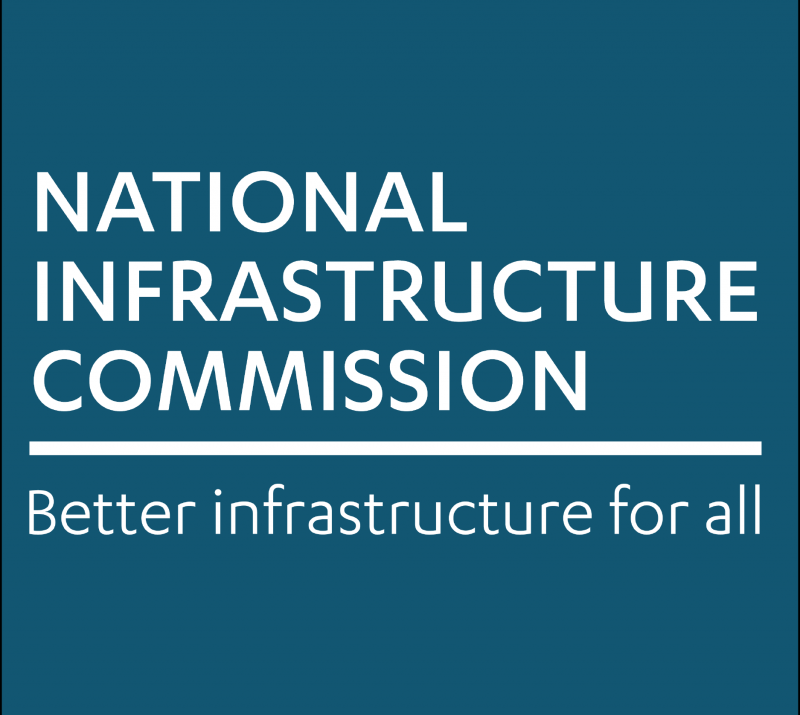Surface water flood report shows it’s time to act, says Lanes

Specialist drainage services developed by Lanes Group plc will have a role to play in managing the future risks posed by surface water flooding, detailed in a new report by the National Infrastructure Commission.
The commission predicts 620,000 properties – an increase of 71% – could be located in areas across England with high risks of surface water flooding by 2055.
Currently, 325,000 properties are in such areas, but the National Infrastructure Commission (NIC) predicts that number could rise by 230,000 in the next three decades.
The spread of impermeable surfaces, such as paved over gardens, could move a further 65,000 properties into high risk areas.
Commenting on the findings, Lanes Group Commercial Director Scott Norris said: “Our experience as national drainage and wastewater specialists bears out what the NIC is saying.
“Surface water flooding is a persistent and growing risk in many areas where we deliver services. We’re helping our customers, which include flood defence authorities and businesses, take additional measures to counter those risks.
“The increasing volatility of weather patterns due to climate change is a factor, as is the way we use our sewers, and the development trends detailed by the NIC. All need to be considered to devise effective solutions.”
In its report – Reducing the Risk of Surface Water Flooding – the NIC identifies three key ways the heightened flood risks can be tackled:
- Reduce the amount of run-off water entering drainage systems by encouraging the uptake of sustainable drainage systems, and managing the growth of impermeable surfaces in future developments.
- Expand the capacity of drainage systems through better maintenance of drainage networks and expanding above-ground measures, such as creating gullies, roof gardens, drainage ponds and drainage gardens.
- Target control measures and their funding more effectively, so flood defence and drainage agencies work together better to manage the risks.
The NIC provides expert, impartial advice to the government on infrastructure, including water, waste management, energy, IT, and transport.
It said the measures it outlines should be matched with stricter controls on property development and by spending an extra £30billion on drainage infrastructure and flood prevention over the next 30 years.
Lanes is the UK’s largest independent drainage and wastewater services specialist. It delivers sewer unblocking, maintenance, repair, and rehabilitation services for water companies, businesses, government agencies and households.
For example, Lanes delivers a range of wastewater services, including targeted planned sewer cleaning, sewer unblocking and wet well cleaning for water companies across the UK, including Severn Trent, Northumbrian Water, Scottish Water and Thames Water.
The company also delivers ultraviolet cured in place pipe (CIPP) lining services for water companies and businesses, so their sewers and drains can withstand the additional pressures, and wear and tear, caused by more frequent heavy water flows.
Scott Norris said: “The NIC report outlines a strategy that it recommends agencies involved in water and flood management need to follow to counter the growing threat from surface water flooding.
“However, all organisations and businesses need to consider the self-help actions they need to take right now to minimise the risk of flooding and the often catastrophic costs they cause.
“That starts with carrying out a site drainage survey to assess the condition and capacity of surface water and foul drainage systems.
“A sensible plan can then be put in place to upgrade them, if necessary, and maintain them, so they can cope with the bouts of heavier rainfall we’re expecting in the future. As this report makes clear, in high risk areas, doing nothing is not an option.”
All households and businesses have a part to play in ensuring public sewers are fit for purpose, simply by not misusing them, said Scott Norris.
“Many blockage problems that contribute to water flooding, are caused by fats, oils and grease – known as FOG – being wrongly disposed of down sinks and drains by householders and restaurants,” he added.
“Those blockages are made even worse by millions of wet wipes and other hygiene products, many containing plastic, that are flushed down toilets every day. In fact, the two biggest components of fatbergs are FOG and wipes.
“By making simple changes to behaviours, we can help improve the resilience of sewer systems.
“Lanes is playing in part in this, with its annual Unblocktober campaign, the world’s first initiative to try to encourage people and businesses to use sewers responsibly, reduce the risk of sewer flooding, and protect waterways and oceans against plastic pollution.”
The NIC’s report says expanding drainage capacity through increased investment will be needed. But some of that could involve nature-based surface-level solutions such as green gullies and flood storage ponds.
The commission says its modelling suggests its recommended levels of investment in new infrastructure could move 250,000 properties out of the flooding high risk category, and boost protection levels for thousands more properties.
Action on new developments could prevent a further 95,000 properties from facing a high risk of surface water flooding in their area, it adds.







